Throughout the course of the Russo-Ukrainian War, the US has offered to send – and has sent – an array of weapons and equipment to the Ukrainian military. Calls for additional resources continue to come in, with the Ukrainian Air Force asking for modern Western aircraft. The US Air Force recently said it’s willing to send a portion of its Fairchild Republic A-10 Thunderbolt II fleet, something that hasn’t impressed Ukraine’s minister of defence.
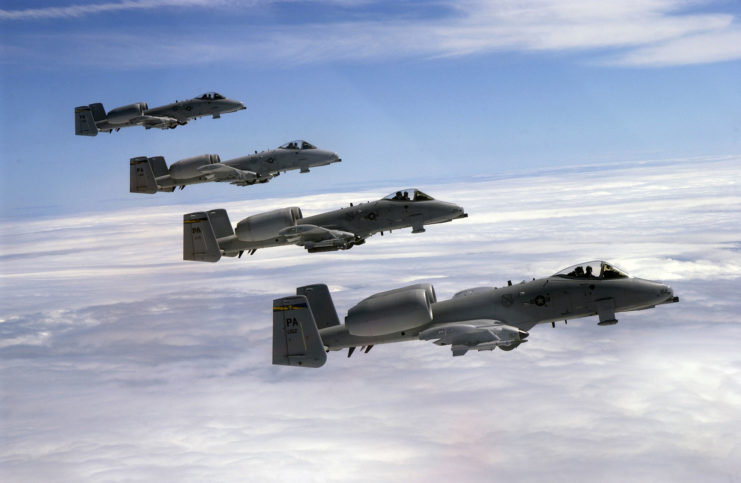
US military officials and the Ukrainian Ministry of Defence have been in ongoing talks regarding what type of aircraft to send. While the primary and immediate focus is on defeating the invading Russian forces, there’s also a hope of building the Ukrainian Air Force to protect against future adversaries.
On July 20, 2022, Secretary of the US Air Force Frank Kendall said the service would be willing to send some of the country’s A-10 fleet, should Ukrainian officials want them. This goes against what he said in March at the AFA Air Warfare Symposium, when he seemingly dismissed the idea. The Air Force has been trying to retire the aging attack aircraft, but has experienced resistance from the US Congress.
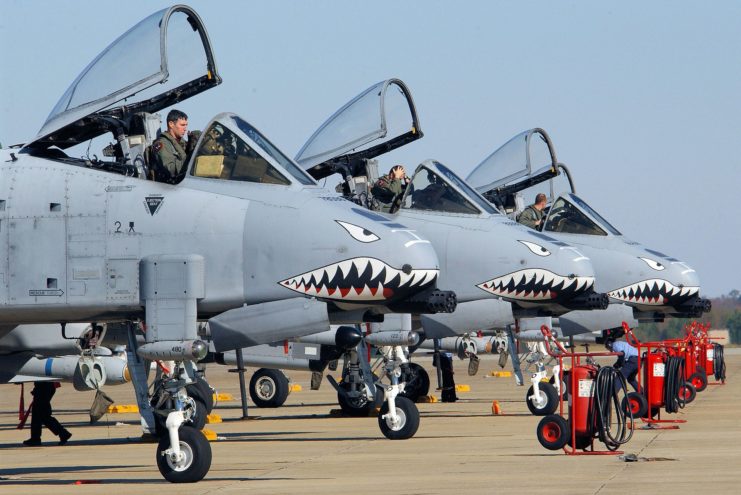
However, it appears Ukraine isn’t interested in America’s old A-10s. Writing in a message to Military.com, Yuriy Sak, an adviser to Ukrainian Minister of Defence Oleksii Reznikov, said the country doesn’t want the aircraft and, instead, would like a fleet of General Dynamics F-16 Fighting Falcons, saying the A-10s “will not close our sky, they will not stop bombers and missiles.”
He added that the attack aircraft would “be a target for Russian jet fighters and anti-aircraft defense, because we don’t have the means neither to cover them, nor to break through the enemy anti-aircraft defence,” and said the A-10 would have similar disadvantages to the Sukhoi Su-25, which the Ukrainian Air Force currently flies.
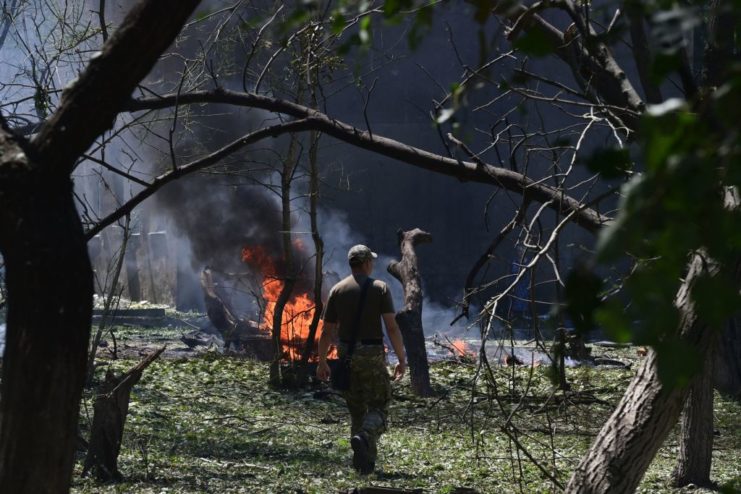
Ukraine hasn’t been shy in asking for modern US fighters, with its air force tweeting in March that it needed both the F-16 and the McDonnell Douglas F-15 Eagle. At the time, the service claimed it could train its pilots to fly the aircraft in just two or three weeks, something experts don’t think is possible.
Another concern is that it would be difficult getting American contractors to assist in parts maintenance on the ground in Ukraine. In response to this, Sak said the F-16 is flown by a number of Allies situated nearby, meaning the country could lean on those partnerships. Among those in the region flying the aircraft are Poland and Romania, both of whom are former Warsaw Pact countries.
Speaking with Air Force Magazine, he said, “F-16s are still something that our pilots dream about. F-16s are a global symbol of the aviation might and force. We really hope that our pilots will be able to fly some of them to protect our country and show the world that Ukraine is a modern Army capable of protecting the whole of Europe.”
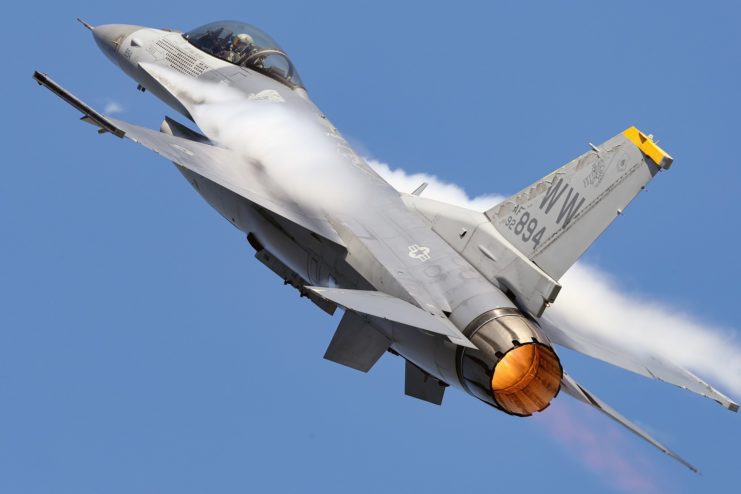
In the same interview, Sak compared the potential new fighters to the M142 High Mobility Artillery Rocket Systems (HIMARS) that the US has sent to Ukraine. Not only have they met the current needs of the battlefield, but they’ve also allowed the country to transition into NATO-standard weapons.
“These HIMARS systems, they are really a game changer,” he said. “They’ve pretty much stalled the Russian offensive. We’ve been able to destroy 50 munitions depots and command centers in the last 10 days.”
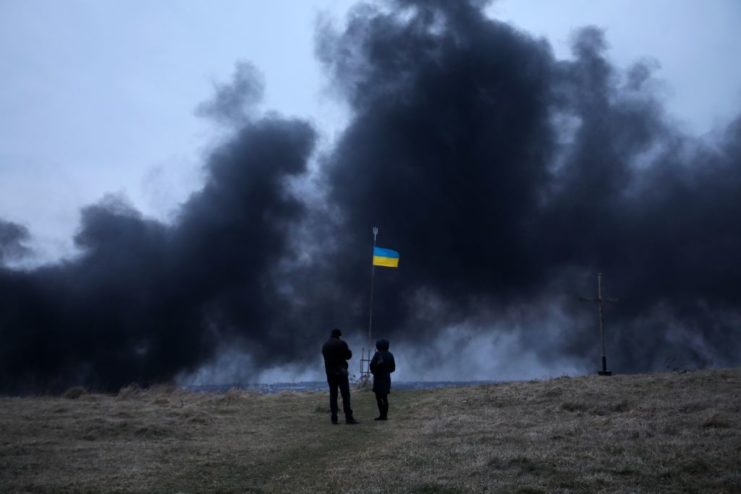
The Fairchild Republic A-10 Thunderbolt II – affectionately known as the A-10 Warthog – has been in service with the US military since the 1970s. Over 700 were produced between 1972-84, and the aircraft has seen service in such conflicts as the Gulf War and the wars in Iraq and Afghanistan.
At present, different sections of the Air Force fly the aircraft, including the Air Force Reserve Command and the Air National Guard.
